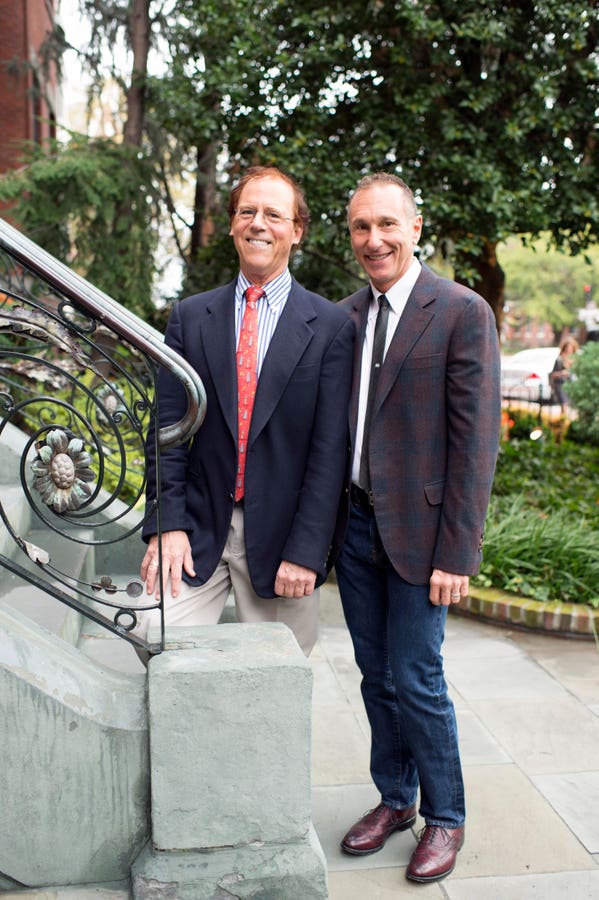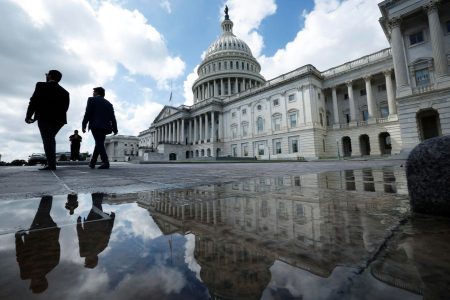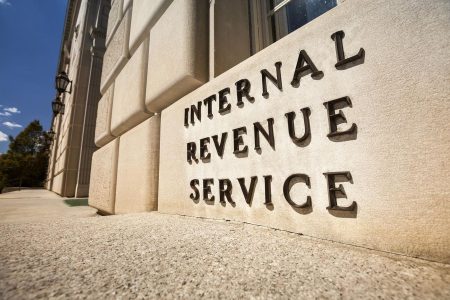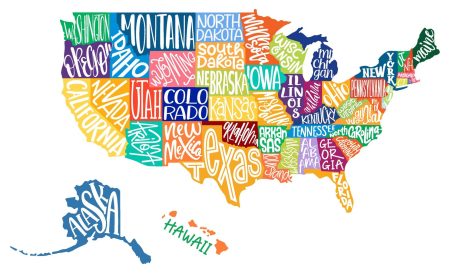Big Escambia Ventures LLC is the tax matters partner in thirteen partnerships that are currently in Tax Court. Judge Albert Lauber, whom Lew Taishoff calls “Scholar Al”, refers to the 13 cases as the Big Escambia Group. The principals purchased the 4,608 acre Big Escambia Tract in Escambia County Alabama for $9.5 million in early 2014. They split it into thirteen parcels. Twelve of the parcels became the main assets of investment partnerships. Near the end of 2014 the investment partnerships donated easements on the properties to the National Wild Turkey Federation. Then the partnerships donated the fee interests in the properties to NWTF. One partnership known as BEP, which held 710 non-contiguous acres not suited for mining skipped the easement step. All in, $187,370,000 in charitable contribution deductions were allocated to investors, who had contributed just over $36 million, for property that had changed hands in the same year for $9.5 million in an arms length transaction. The IRS did not approve and neither does Scholar Al. He explains it in his opinion in Excelsior Aggregates LLC – T.C. Memo 2040-69 filed May 30, 2024,
The Industry Based On Nonsense
In 2020 the Senate Finance Committee issued a report on syndicated conservation easement transactions, which I covered. One of the big takeaways was that the engine of every syndication was an inflated appraisal. According to the industry trade group Partnership For Conservation (P4C), the inflated appraisals were a feature rather than a bug. In an article in Tax Notes on “myths” about conservation easements P4C President Robert Ramsay wrote:
“Myth 7: A conservation easement’s value cannot exceed the current value of the land.
Reality: A conservation easement’s value is the value of the development rights that are forfeited in perpetuity when an easement is placed. Treasury’s own regulations require that these rights be valued based on the land’s highest and best use. When the existing state of land is different from its highest and best use, giving up the opportunity to develop the land forgoes substantial value. It is that value that the law permits as a deduction. The IRS ignores Treasury regulations, and years of court cases, when it asserts that a conservation easement deduction cannot exceed the value of the land itself. If the IRS wants to change these rules, it must do so through a legitimate rulemaking process, but it has not done so.” (Emphasis added)
In the Senate report there is a quote from an email string of a promoter:
“… conservation easement appraisal is very different from a normal real estate appraisal since it takes in to account all future economic benefit on the land and takes future value discounted to present day.”
This belief that a conservation easement can be valued based on the discounted cash flow of a perceived highest and best use that is unsupported by the current market was essential for making the deals work, It accounts for the two step donation process used in the Big Escambia deals.
It is rather intriguing that in the most recent batch of Tax Court decisions the notion that easement valuation is fundamentally different does not even come up as something that might be considered. This one is no exception.
The Opinion
Judge Lauber ruled on three of the thirteen partnerships. They are referred to as EAG. ASG and BEP. BEP is not very exciting. It represents the 710 non-contiguous acres. They claimed a charitable deduction of $2,070,000, Judge Lauber allowed $1,975,000. EAG at 301 acres had a charitable contribution of $12,525,000 for the easement and $4,175,000 for the encumbered property for a total of $16,700,000. Judge Lauber allowed $693,000. ASG with 385 acres had claimed an easement deduction of $11,215,000 and a fee simple deduction of $3,375,000. Judge Lauber allowed $810,000.
The three cases are to be considered test cases with the other ten being decided based on similar principles. The other 10 are all easement mining deductions ranging between $37,000 and $63,000 per acre. Judge Lauber is down around $2,000 per acre. Applying a similar percentage to the remaining ten we can expect a total disallowance in the vicinity of $175 million for the Big Escambia partners.
The idea that easement valuation is fundamentally different plays no part in the opinion. Judge Lauber wrote:
“A less nuanced analysis may be adopted here. BEP conveyed no easement but rather donated an unencumbered fee simple interest in the property it held. ASG and EAG, which did convey easements, contributed to the same donee, during the same year, fee simple interests in the easement-encumbered parcels. In each case, therefore, the donee received during the taxable year 100% of the real property interests within each parcel, which equates to the parcel’s “before” value. The “before” value of the parcels thus determines the total allowable charitable contribution deduction.”
You can learn an awful lot about the sand and gravel mining business reading this opinion, but I’m going to pass on sharing it with you. A key point, that pretty well knocks out most syndicated deals, is the point that the “best evidence” of a property FMV is the price at which it changed hands in an arm’s-length transaction reasonably close in time to the valuation date. The $9.5 million that the promoters paid fits the bill as to being arms-length and reasonably close in time. Judge Lauber finds the $2,148 per acre the best available evidence of the value of the property.
When Judge Lauber looked at the discounted cash flow valuations that came from opening twelve hypothetical sand and gravel mines he found unreasonable assumptions about the recoverable volume of minerals, supply, demand, pricing and the cost of extraction. In rejecting the income method for valuing the parcels, he quotes a Fourth Circuit opinion:
“[Income-based] valuations almost always achieve chimerical magnitude, because, in the mythical business world of income capitalization, nothing ever goes wrong. There is always demand; prices always go up; no competing material displaces the market.”
What About The Investors ?
What really worries me about these deals is what must be happening to the investors. My data is anecdotal, but I believe that a lot of them are HENRYs (high earnings not rich yet). According to one of my sources many of them bought these things year after year. The deals were structured to yield a deduction of 4.389 for every dollar invested. With a top federal rate of 39.6 and a top Georgia rate of 6% that is the magic number that will have you paying your taxes at fifty cents on the dollar.
So imagine someone who sat down with their accountant in December 2014 and decided to put $100,000 into Excelsior Aggregates rather than pay a $200,000 balance due. Their charitable deduction of 438,900 is cut to $17,995. Just the federal tab on that adjustment adjustment is $166,678. The 40% gross valuation penalty raises it to $233,349. The interest on that through June 3, 2024 is $133,637. Imagine someone who then went on to invest in a similar deal in 2015, 2016, 2017 and 2018. If the net savings were invested in some sort of side fund that earned about 15% after tax, they can look at it as nothing ventured nothing gained, but I doubt that happened very often.
Tax Court Opinions Are About The Past
In 2019 Peter Sepp wrote for the National Taxpayers Union a piece titled New Research Undercuts IRS Claims about Conservation Deductions. He cited a Tax Notes article Valuing Conservation Easements An Empirical Analysis of Decided Cases by Jenny L. Johnson Ware. Ms. Ware found that in decided cases the Tax Court had allowed roughly 80% of taxpayer claimed values ($74,669,396 out of $92,728,417), According to Sepp, this refuted IRS claims of inflated appraisals and overstated deductions. As it happens the most recent decision, Pine Mountain Preserves, came down in 2018 and it covered deduction taken in 2005, 2006 and 2007. There was one case covered in her article that concerned a 2011 deduction. None of the cases she covered had been syndicated.
It is only recently that the Tax Court gives us a definitive opinion on what was going on in 2014 and in the case of Excelsior Aggregates, less than 5% of the claimed deduction is being allowed.
Other Coverage
Lew Taishoff focused on another aspect of the case with Key Witness Takes The Fifth.
“To spare you suspense, in all three (count ’em, three) of these consolidated cases (by which the others in this 14-ring circus agreed to be bound), the appraisals were prepared by CW. But Judge Scholar Al had to try these cases in part because CW was unavailable. CW remains unavailable, because “the parties informed the Court that, if Mr. CW were called as a witness, he ‘is currently expected to invoke his Fifth Amendment privilege in these consolidated cases with respect to all matters.’ In a joint status report filed April 4, 2024, the parties represented that, ‘absent a grant of immunity, Mr. CW remains unavailable to testify.’” T. C. Memo. 2024-60, at p.4, footnote 4. (Name omitted).”
Anna Scott Farrell has Tax Court Nixes $30M In Conservation Easement Deductions behind the LAW360 paywall.
For a round up of over a decade’s worth of coverage on conservation easements, check out my Round Up.
Read the full article here










